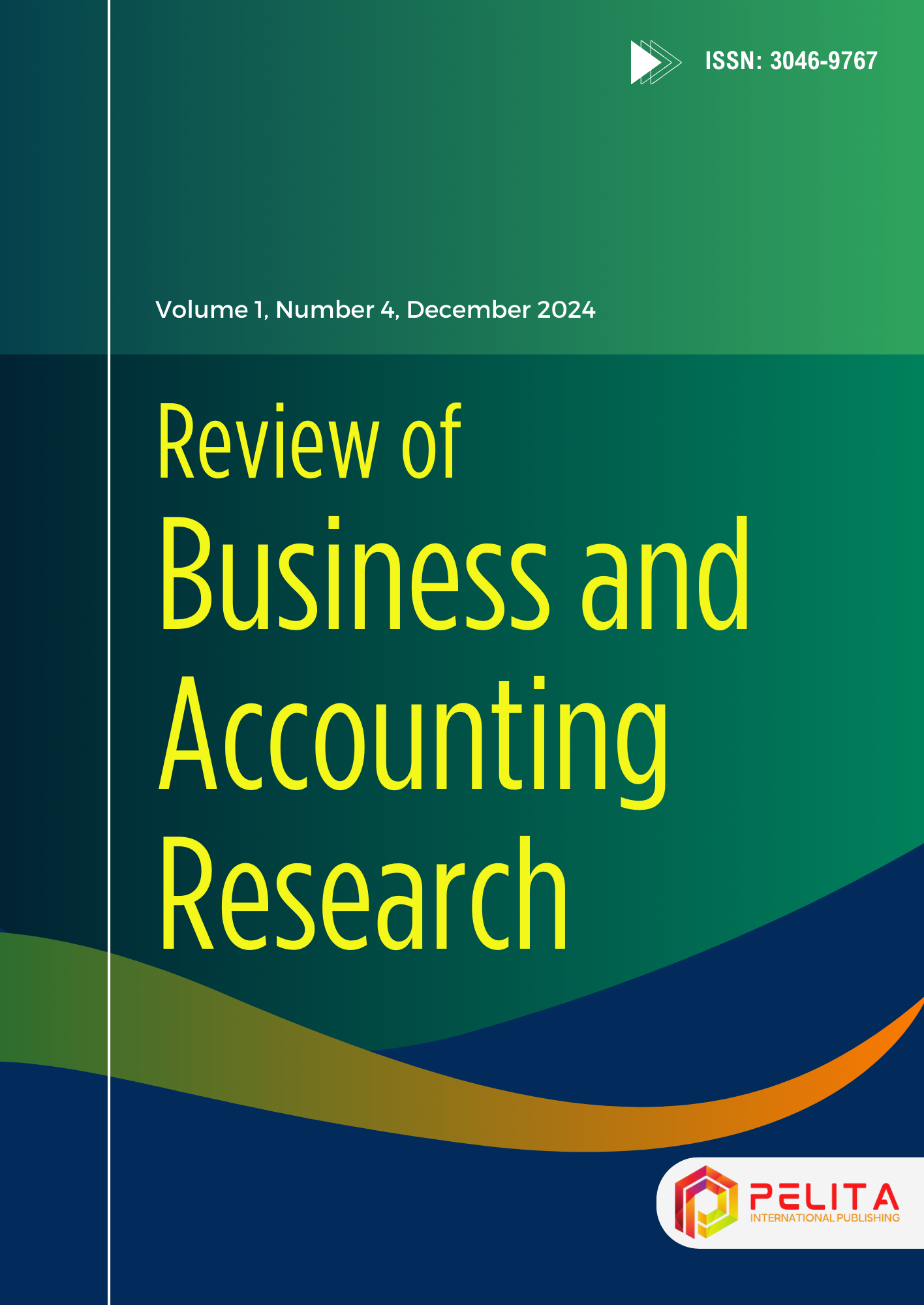
Financial resilience during and after COVID-19: A case study of PT. Tri Banyan Tirta, Tbk on the Indonesia Stock Exchange
DOI:
10.62941/rbar.v1i4.71Downloads
Abstract
This study aims to analyze the differences in the financial performance of PT. Tri Banyan Tirta, Tbk during and after the COVID-19 pandemic. The research focuses on the company's profitability and liquidity, measured using ROA, ROE, NPM, current ratio, quick ratio, and cash ratio. A comparative analysis with a descriptive quantitative approach was employed. The study utilized secondary data sourced from the company's financial statements for the 2020 period (representing the COVID-19 era) and the 2022 period (post-COVID-19 era), obtained from the Indonesia Stock Exchange. Data collection was conducted through documentation, and data analysis included descriptive statistics to describe the profitability and liquidity ratios, normality testing using the Shapiro-Wilk method, and difference testing using the Paired Sample T-Test for normally distributed data. For non-normal data, the Wilcoxon signed-rank test was applied. The findings reveal that profitability and liquidity ratios measured by ROA, ROE, current ratio, and quick ratio exhibited normal data distribution, allowing for the Paired Sample T-Test. Meanwhile, NPM and cash ratio data were not normally distributed, necessitating the Wilcoxon signed-rank test. The difference tests for profitability and liquidity ratios showed no significant differences in the financial performance of PT. Tri Banyan Tirta, Tbk between the COVID-19 and post-COVID-19 periods. These results highlight the company's inability to generate operational profits or meet its current liabilities effectively.
Keywords:
Profitability ratios liquidity financial performance COVID-19License
Copyright (c) 2024 Muh Afif Fauzani Agus, Kurniawan, Jumriah Basri

This work is licensed under a Creative Commons Attribution 4.0 International License.










